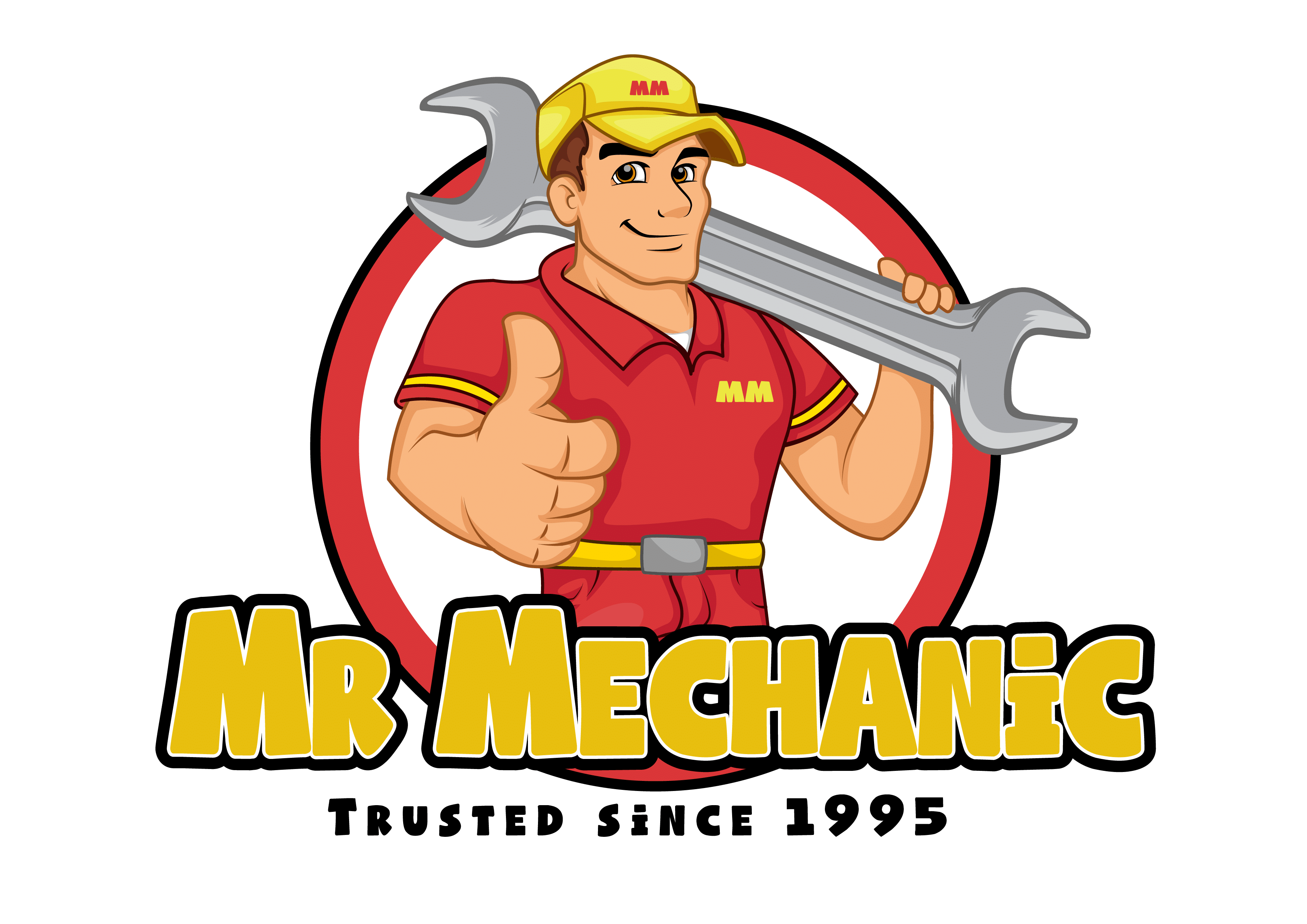Have you ever experienced complete brake failure while driving? Most of us have not, mostly due to advanced technology fail-safes. However, the unlikely scenario is still possible. It is essential to know how to react if your brakes fail. The split-second decision could be lifesaving.
Brake failure is like a thief in the night. And since brake failure can happen in an instant, it’s vital to assess the situation even though you only have a few seconds to spare. Make the most of your precious time by following the tips below. Here we’ll go over what to do when brakes fail and you’re in a moving vehicle.
Keep in Mind What NOT to do
- Do not panic. The next few moments are crucial to your safety and the safety of those around you, so breathe deeply and try to stay clear-headed.
- Don’t downshift too quickly. While you will want to downshift, you shouldn’t go from 4th gear to 1st in an instant. This could cause you to skid out of control.
- Do not turn off the car. Again, this could cause skidding. It also disables power steering or locks the steering wheel entirely, giving you less control over the situation.
- Do not apply the emergency brake too quickly. You will want to apply the emergency brake, but not before downshifting and pumping the brake pedal. Aggressively pulling the emergency brake could cause you to skid and lose control of the vehicle.
How to stop a vehicle that has total brake failure.
1. Pump the brake pedal continuously. This could build residual pressure in the brake system to slow the car, but will most certainly warn trailing traffic you are attempting to stop. If you feel brake pressure return, gradually press the brakes until you come to a stop
2. Slowly and gradually pull or press down on your parking brake. Your parking brake is mechanical, not hydraulic, and will slow the car down from the rear wheels. However, DO NOT activate your parking brake too quickly or forcefully, as your vehicle could spin out of control.
3. If your parking brake does not work, you can shift into lower gears one gear at a time to slow the car down with the engine. This is called engine braking. If you have an automatic transmission removing your foot from the gas pedal will allow your vehicle to downshift. Some automatic cars have a paddle shifter that allows you to control what gear you are in which you can use to downshift. You DO NOT want to downshift too quickly, as it can cause your vehicle to skid out of control.
4. Drive into the least hazardous area, not only for you but for other vehicles and pedestrians around you. You should prioritize avoiding injuries to yourself and others. If you do not have a safe area on the road to pull off safely, look for a grass median, open field, or bushes to help slow the vehicle.
5. Don’t turn off your vehicle before you come to a complete stop. Turning off your vehicle will turn off your power steering, making it much harder to control. Some vehicles will cause your steering wheel to lock, giving you no control of your direction.
6. Steer Your Car to the Roadside. It all depends on where you were when the vehicle lost its brakes. If on the highway, engage the turn signals and try steering the car to the roadside. If driving on a flyover, your best recourse is to hit the side barriers at a shallow angle and crash the car gently until it reaches a halt. The goal here is to steer the vehicle in a “safer” direction instead of hitting other vehicles or pedestrians on the road.
Optional) Use guard rails. If your brakes fail while moving at highway speeds toward unavoidable obstacles, it may be necessary to use the divider or guard rail to scrape the side of your car in order to slow down. When it comes down to it, your life is more important than your car
When the vehicle has come to a stop, place it in the park with the emergency brake on and do not attempt to move it.
Mr. Mechanic can come to you for any vehicle repair, service, roadworthy certificate, and inspection needs. Call us for a free quote!
